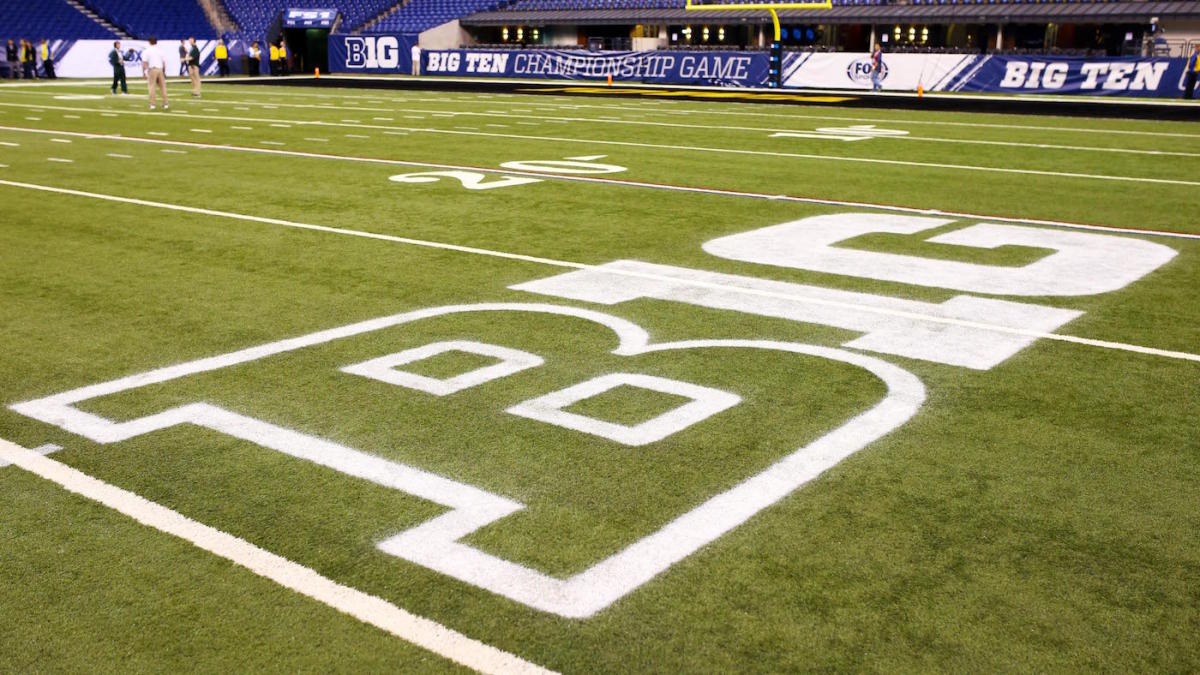
Big Ten passes SEC in total revenue by more than $100 million in 2017-18, a report says
The Big Ten is rolling in money after a reported revenue of $759 million
According to USA Today, the conference raked in a revenue of $759 million during the 2018 fiscal year, up 45 percent from the $512.9 million from the previous season. Twelve of the 14 member institutions will take home a paycheck of a little over $54 million, with Rutgers and Maryland receiving a smaller share due to their transition to the conference in 2014.
The massive dollar figure tops the SEC's 2017-18 fiscal revenue by a whopping $131.9 million. The SEC announced in February that it brought in $627.1 million, and doled out just over $43.1 million per school.
